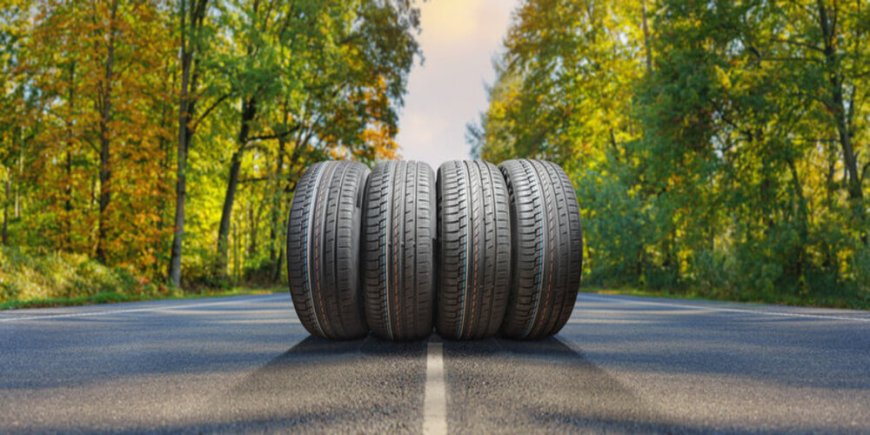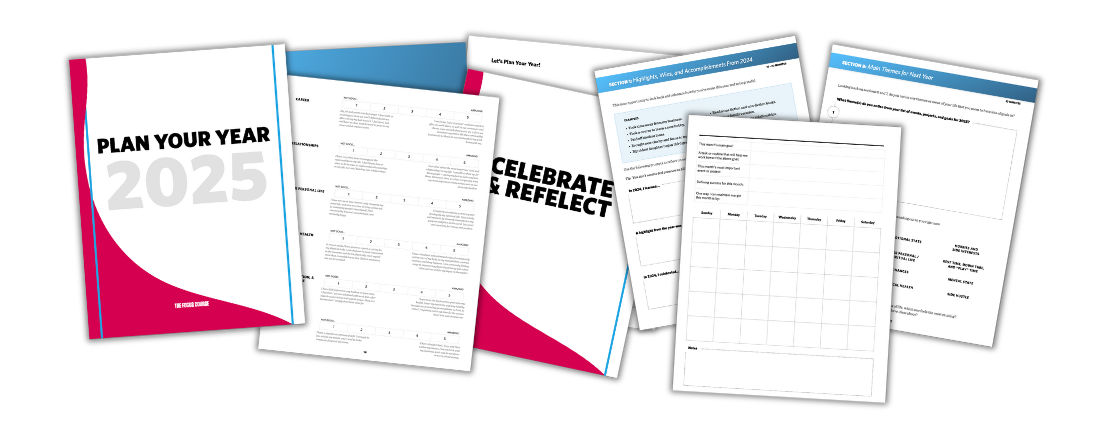5 Signs You Need to Replace Your Car Tyres Immediately

Car tyres are a part of your safety, convenience and driving ability. However, we always take the less aggressive and ignore them till something serious occurs. Tyres which is the only thing in touch with the road means any small damage or wear and tear can cause huge differences in handling, braking and fuel efficiency of your vehicle. Well you need to know when to change your car tyres for both performance sakes but also, for your safety and sanity.
Today in this write-up, we will be highlighting the 5 Most Important Signs that signal it is TIME TO CHANGE YOUR CAR TYRES. Not paying attention to these signs, in the long run, meant less road surface grip and even unsafe handling of vehicles, or worse blowouts.
1. Low Tread Depth
The tread depth of the tyre can be measured, and represents the depth of the groove in your tyre. Grooves make it easier to drain the water from just above the surface of the tyre, which increases grip - especially when it is wet. Definitely if the tyres are worn out and hence your tread depth, it may not provide any grip for your car to be firmly planted to the road.
Mostly, the tread depth of 1.6mm is lower. Nonetheless, safety experts suggest that tyres should be replaced when they get down to 3mm in depth. One easy method to test this is the penny test: Push a coin into the tread with the top facing down. If the entirety of the top of the coin is showing, then it is low you must change them for the tyres.
2. Visible Cracks, Bulges, or Cuts
Tyre sidewall damage is a sign that something is wrong with this tyre in its physical state. Over time, cracks grow along the weathered sidewalls of an exposed tyre especially in high heat. They may warn that the tyre is suffering an interior failure from which bulges and cuts would lead to exposure of internal tyres’ layers.
It is not hard to realize that all of these can snap too. I know my tyres might look fine as they are holding air but, there should always be something that looks like being damaged. Such situations are best suited with a professional inspection.
Don’t know where to find it? However, you can get in touch with nearby experts quickly through a search engine like ‘Find tyres shop near me’ when you are not sure where to go, to help resolve any tyre-related problems you have.
3. Frequent Tyre Pressure Loss
All tyres, albeit all small so they do leak air, if you start reading the tyres more often than your normal filled one and having to refill might be a subtext. This continual loss of pressure can be slow puncture, valve stem issue or even a flat bubble type leak in your tire. Over-inflated tyres lead to uneven tire wear and excessive fuel consumption as well as a risk of blowout while under-inflated tyres drive your car.
Checking your tyre pressures regularly -- at the very least once a month can be a small habit that helps you detect these issues early. If you have regular pressure loss after deflating the tyres, then sure it's time for new ones.
4. Excessive Vibrations While Driving
The vibrations in the steering wheel or floorboard when driving need not be considered as only an inconvenience; it is generally a sign behind these tyres may have gone wrong and it's time to take a look at the suspension. This feeling is usually caused by uneven tyre wear, misaligned wheels or internal failures of the tyre.
In addition, while that might be a sign of bad steering or unbalanced tyres for one it should not be permanent and increases as you drive faster. You will break it, or worse if you pay no mind to this. If you see this, have your local tire shop inspect the condition of your tyres immediately.
5. Tyres Are Over 6 Years Old
Even if your tyres look good on the outside, natural ageing can cause them to be compromised. Rubber degrades over time, especially in hot and cold regions such as the UAE. As this ageing of the tyres can render them prone to become brittle and not so effective in terms of flexing like new, even if the tread wear limit has not been reached yet.
The general recommendation (per most manufacturers) is to replace your tyres every 6 years even at zero mile or service interval kilometers. You can find the date your tyre was put together on the sidewall, which are the last four digits of the DOT code (e.g. “2718” which means the tyre was made in the 27th week of 2018). If your tires are older than six years, it is a better call to replace.
Final Thoughts
In this blog, we discuss about how tyres are the most important game and safety equipment of your car. Replacing them as necessary keeps you from losing grip, maneuverability, gas mileage and most importantly your calm. So, here goes — the 5 key indicators of when to change your car tyres for new ones
-
Worn tread depth is below the minimum requirement
-
You see cracks, chips or bulges occurring in the side wall visually.
-
They are losing air often.
-
Your vehicle vibrates when in motion.
-
Your tyres are well past their sixth year.
If you see any one of these signs, do not hang around second guessing. Early tyre replacement will save you from big bucks due-to-repair and a head on foot contact with the road. Be sure to have proper inspection and maintenance by a tyre service technician that you trust.
Start with the tyres and put your vehicle on the road safely. Prioritise your tyres — buying new ones is an investment into the lifetime of not only your car but also to your life.
























































































































































